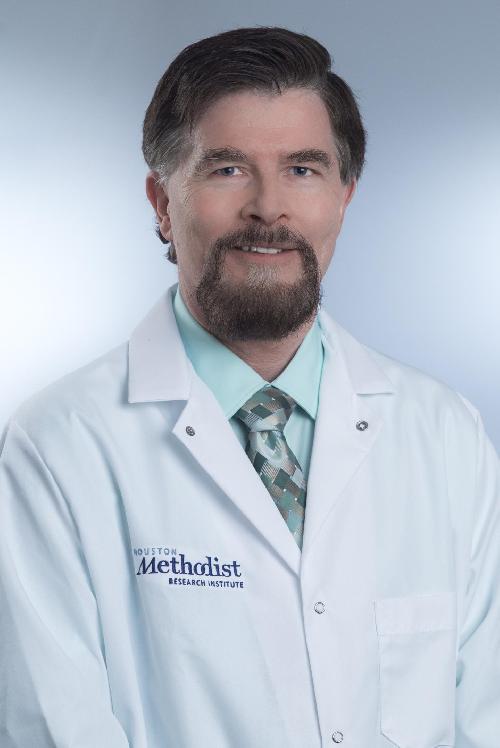In a new Cell Reports paper, a team led by John P. Cooke, M.D., Ph.D., of the Houston Methodist Research Institute, has identified and characterized a biological factor critical to the transformation of adult somatic cells (cells that are not sperm or egg cells) into stem cells.
"Think about the cartoon Transformers, where trucks and cars change into robots. We're manipulating genes in the cell nucleus to produce specific proteins, changing the normal recipe for growth and maturation, and transforming adult cells into a new type of cell with the ability to morph into any other cell type," said Cooke, senior author and chair of the Department of Cardiovascular Sciences.
Called induced pluripotent stem cells (iPSCs), these cells can be differentiated into any somatic cell type, making them a potentially valuable weapon against numerous diseases. Cooke and his colleagues discovered that reactive oxygen species (ROS, also known as oxygen-derived free radicals), play a critical role in nuclear reprogramming. Using a variety of methods to induce somatic cells to become iPSCs, the researchers first found that in the early stages of reprogramming, the transformation was consistently accompanied by an increase in ROS generation.
 This is Dr. John Cooke, M.D., Ph.D., Houston Methodist Research Institute. Credit: Houston Methodist
This is Dr. John Cooke, M.D., Ph.D., Houston Methodist Research Institute. Credit: Houston Methodist
"When we used genetic tools to knock out the enzymes controlling ROS generation, or we tied up any generated ROS with antioxidants, we observed a marked reduction in iPSC colony formation," said Cooke. "Conversely, the overproduction of ROS impaired stem cell formation, meaning that optimal iPSC production occurs within a 'Goldilock's zone' of free radical generation--too little or too much and reprogramming shuts down."
Finally, the researchers discovered that ROS generation subsided as the iPSCs matured, and these mature stem cell colonies survive best in a cellular environment with low levels of ROS. This work is an extension of a 2012 paper in the journal Cell, where Cooke showed that the viruses used to deliver the reprogramming genes were more than just vehicles.
"What we learned is that the viral vectors played a role in reprogramming. Their activation of innate immune signaling caused epigenetic changes that were absolutely necessary for the transformation of somatic cells into iPSCs," explained Cooke, who holds the Joseph C. "Rusty" Walter and Carole Walter Looke Presidential Distinguished Chair in Cardiovascular Disease Research.
Innate immune signaling is known to stimulate ROS production, which participates in cell defense. Cooke said the team is developing methods to manipulate innate immune signaling of ROS to maximize the production of iPSCs and better direct their differentiation.
A better understand of the mechanism by which somatic cells are reprogrammed into pluripotent cells is critical to ongoing work to understand and to treat disease. For example, one can take skin cells come from people with Alzheimer's, revert them to iPSCs, and then differentiate them to neurons so that scientists can study that individual's brain cells. Thus, iPSCs are useful in understanding different disease processes and might also be used to develop regenerative therapies.
source: Houston Methodist